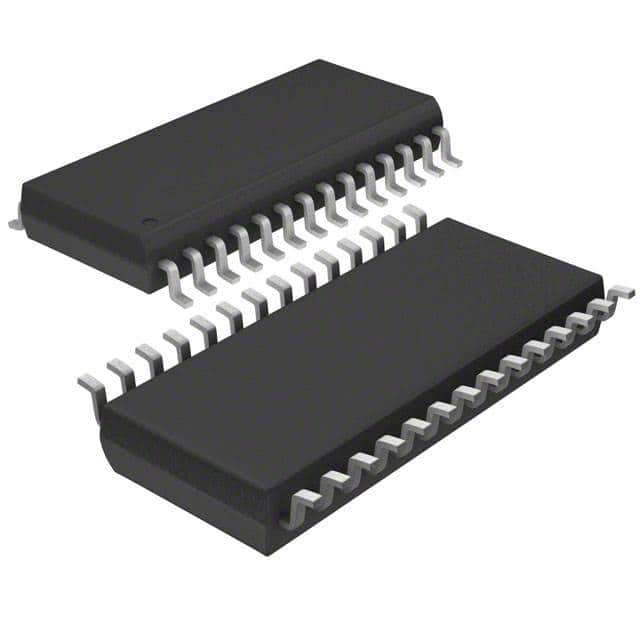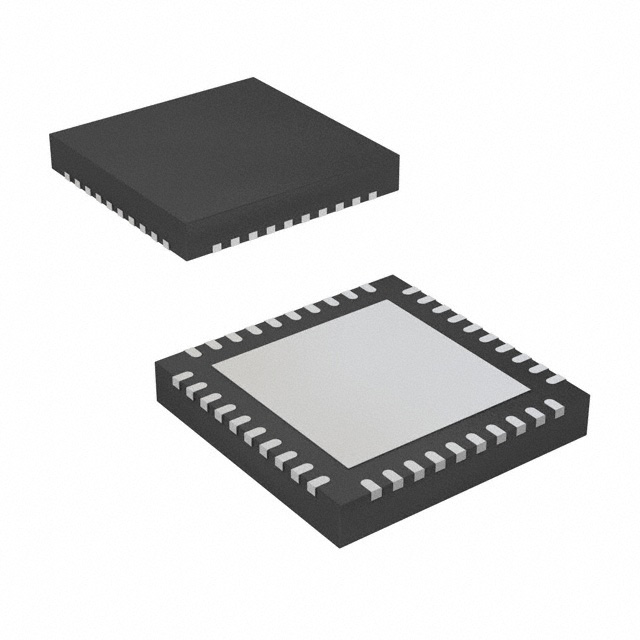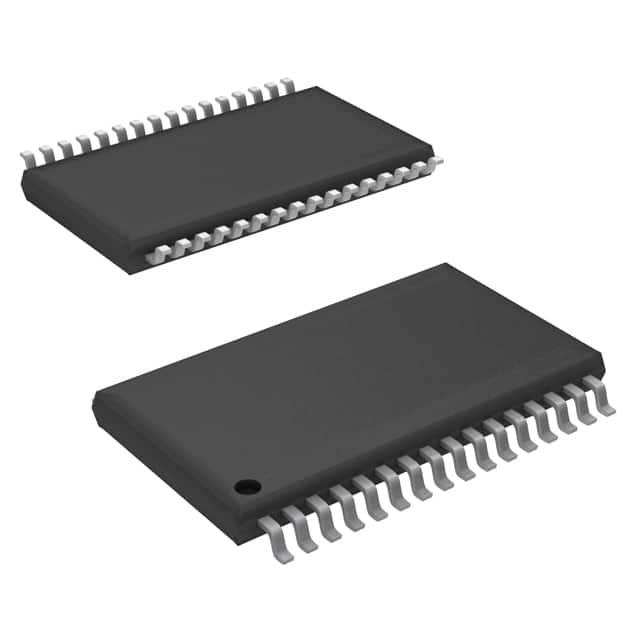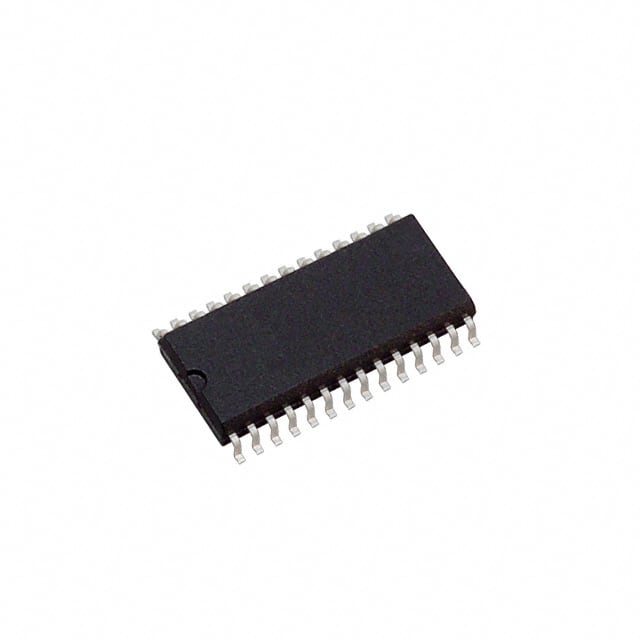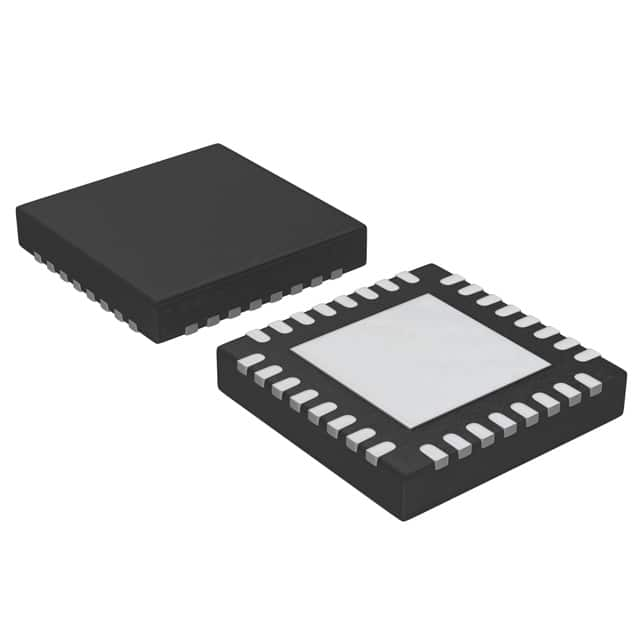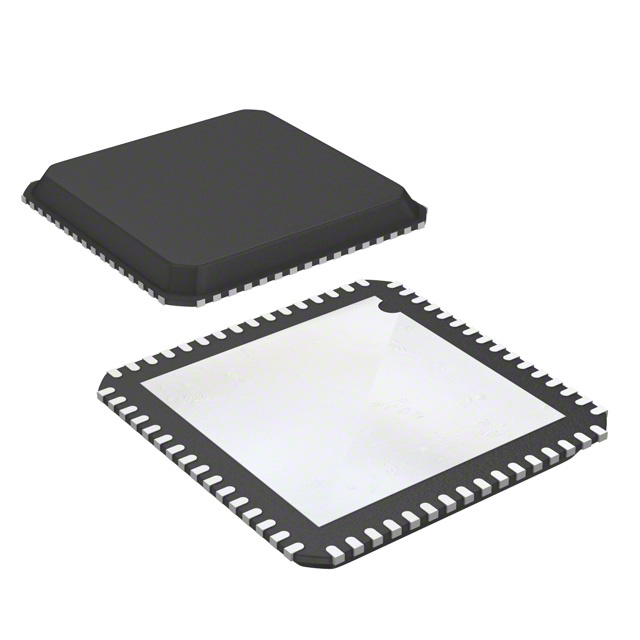Analog to Digital Converters (ADC)
1. What are Analog to Digital Converters (ADC)?
Basic Definition
ADC (Analog-to-digital converter) is an electronic device that converts continuously changing analog signals (such as voltage and current) into discrete digital signals (binary code). It builds a bridge between the physical world (analog signal) and digital systems (processors, controllers).
Functional Significance
Digital systems (such as microprocessors) can only process binary signals (0/1), while the analog signals output by physical sensors (temperature, pressure, etc.) need to be converted into digital quantities through ADC before they can be recognized and processed by digital circuits.
2. How does Analog to Digital Converters (ADC) Work?
The conversion process of ADC includes four key steps:
Sampling: Collect the instantaneous value of the analog signal at fixed time intervals.
Holding: Hold the sampled value for a short time to ensure signal stability during conversion.
Quantization: Map the sampled value to a finite discrete level (determined by the resolution).
Encoding: Convert the quantized value to a binary digital output.
For example, a 4-bit ADC divides the analog voltage into 24=16 discrete levels and outputs a 4-bit binary code to represent the relative voltage value.
3. Key Performance Parameters of Analog to Digital Converters (ADC)
Resolution
The number of bits of the output digital quantity (such as 8 bits, or 12 bits) determines the minimum resolvable voltage (Vref/(2N−1)).
Sampling Rate
The number of samples per second (Hz), which must meet the Nyquist theorem (twice higher than the highest frequency of the signal).
Reference Voltage
The reference standard for conversion, the output digital quantity represents the ratio of the input signal to the reference voltage.
4. What are Analog to Digital Converters (ADC) Used for?
Automotive electronics: temperature/pressure sensor signal conversion to ECU (electronic control unit).
Medical Equipment: digital acquisition of physiological signals (such as electrocardiogram, blood pressure).
Industrial Control: real-time monitoring of analog quantities (flow, displacement) and feedback to digital systems.
5. What are the Types of Analog to Digital Converters (ADC)?
ADC types are diverse, including:
Successive Approximation Register (SAR) : balance speed and accuracy.
Σ-Δ Type: high-resolution audio processing.
Pipeline Type: high-speed communication system.
ADC is the core interface device of modern electronic systems, and its performance directly affects the accuracy and efficiency of data acquisition.
6. Analog to Digital Converters (ADC) FAQs
1)How to reduce ADC errors?
Use an external high-stability reference voltage source (instead of an internal reference);
Add hardware filtering (such as RC low-pass filtering) to reduce noise;
Optimize PCB layout: shorten signal routing and keep away from high-frequency interference sources;
Software calibration of offset/gain errors.
2) What to do if the input signal amplitude is too small?
The pre-gain amplifier (PGA) amplifies the signal to the ADC range and improves the effective resolution.
3) How to avoid interference when acquiring multiple channels?
Configure a reasonable sampling time (allow the signal to stabilize);
Use differential input mode to suppress common-mode noise.
4) How to choose an ADC model?
Resolution: The more subtle the change in sensor output, the higher the bit number required (e.g. 12 bits for temperature monitoring, 16 bits or more for audio acquisition);
Sampling Rate: Dynamic signals (e.g. audio) require MHz level, and low-speed sensors can be reduced to kSPS35.
5) What is the performance of the built-in ADC of MCUs such as STM32?
Most of them meet general requirements: 12-bit resolution, 1MSPS sampling rate, support for multi-channel scanning and calibration functions, and better cost performance than external ADC chips.

